027 The Ancient Origins of Halloween
Share
Halloween has been observed by many Christians since c.610 CE, and is a contraction of All Hallows’ Eve (Hallow meaning holy ones, or saints). This was followed by All Saints Day on 1 November and All Souls’ Day on 2 November. The three days are collectively known as Allhallowtide. They are a time for honouring the saints and praying for recently departed souls who have yet to reach heaven. Despite this though, Halloween has much older origins and many of the customs today, go back much farther into history.
Originally, All Saints Day was celebrated on 1 May. However, both the Celts and Germanic people commemorated the dead at the beginning of winter. So to make the festival appeal to pagans the date was aligned to Samhain from 1 November 835 CE at the behest of Pope Gregory IV. Samhain was the first and most important of the four quarter days in the medieval Gaelic calendar and was celebrated in Ireland, Scotland and the Isle of Man. A kindred festival was celebrated by the Brittonic Celts, called Calan Gaeaf in Wales, Kalan Gwav in Cornwall and Kalan Goanv in Brittany, meaning “first day of winter”. Both Samhain and Calan Gaeaf are mentioned in the earliest Irish and Welsh literature.
Samhain marked the end of the harvest season and the beginning of the darker half of the year. It is seen as a liminal time, where the veil between the physical world and the Otherworld was lifted. This meant the Aos Sidhe, the Fae (spirits and fairies) could more easily visit this world and were active. The Aos Sidhe were ancient Celtic Gods, who were degraded by the Christian church. Despite being replaced by other beliefs, the Aos Sidhe were both respected and feared. Known fairy dwellings (which still exist today) were approached with caution, with people praying for God’s protection. During Samhain, offerings of food and drink were left outside these dwellings, as an offering, to ensure that the Aos Sidhe protected both families and livestock during the bleak winter months.
Souls of the dead are believed to visit their former homes and places were set at the table to welcome them. In more recent centuries, household rituals and games were played intended to foretell one’s future, especially in regards to death and marriage. These included apple bobbing, nut roasting, scrying using objects such as crystals and mirrors, dream interpretation and others. Bonfires were lit, traditionally on the sacred hill of Tara in Ireland and then once the flames were seen other fires were lit. Flames, smoke and ashes were all seen as having protective and cleansing powers. Dressing in costume from door to door begging for appeasement goes back to the 16th century, but may have more ancient Celtic origins. It is believed that disguises and playing tricks helped hide you from malevolent spirits. The carved Jack O’Lantern pumpkin only dates from the 20th century and originally turnips or mangel wurzels were used. Today, Halloween is more popular than ever, celebrated by both Christians and pagans.
